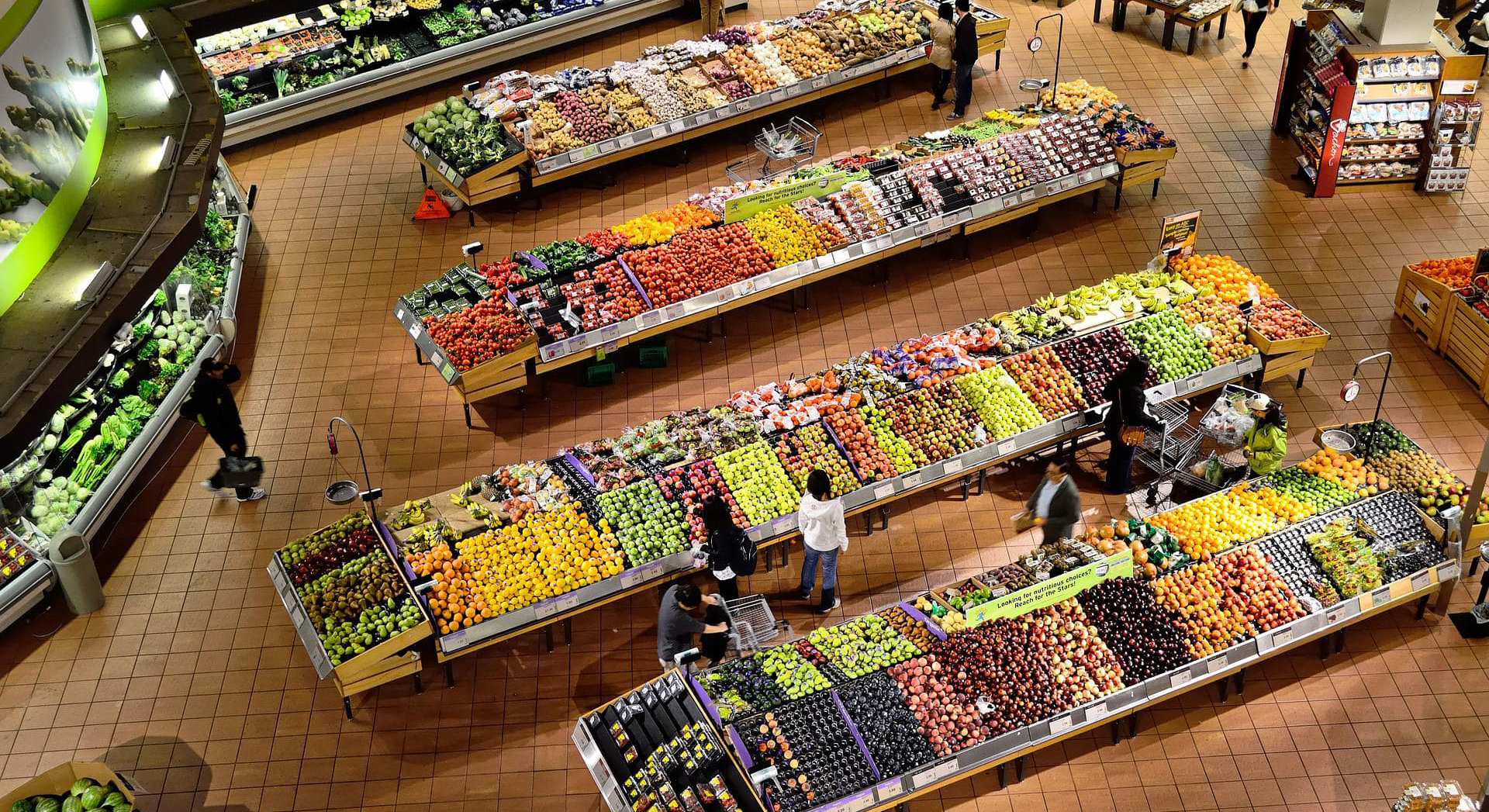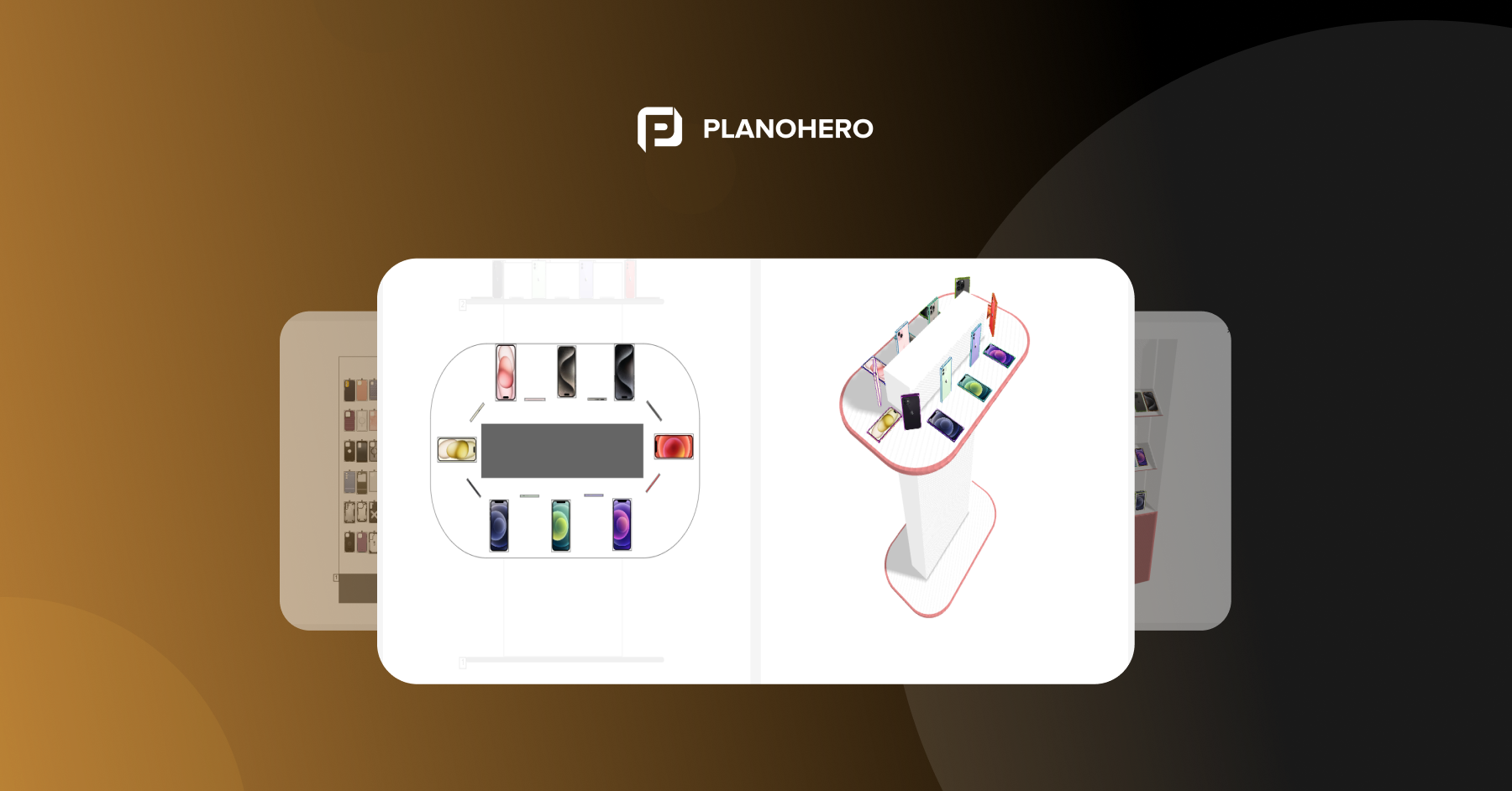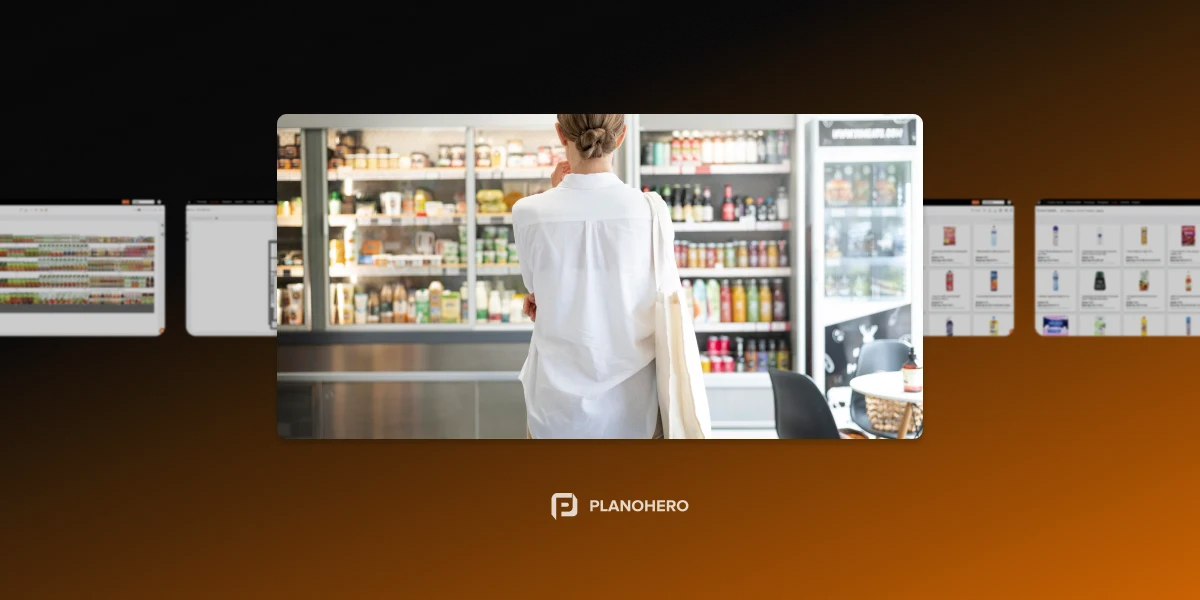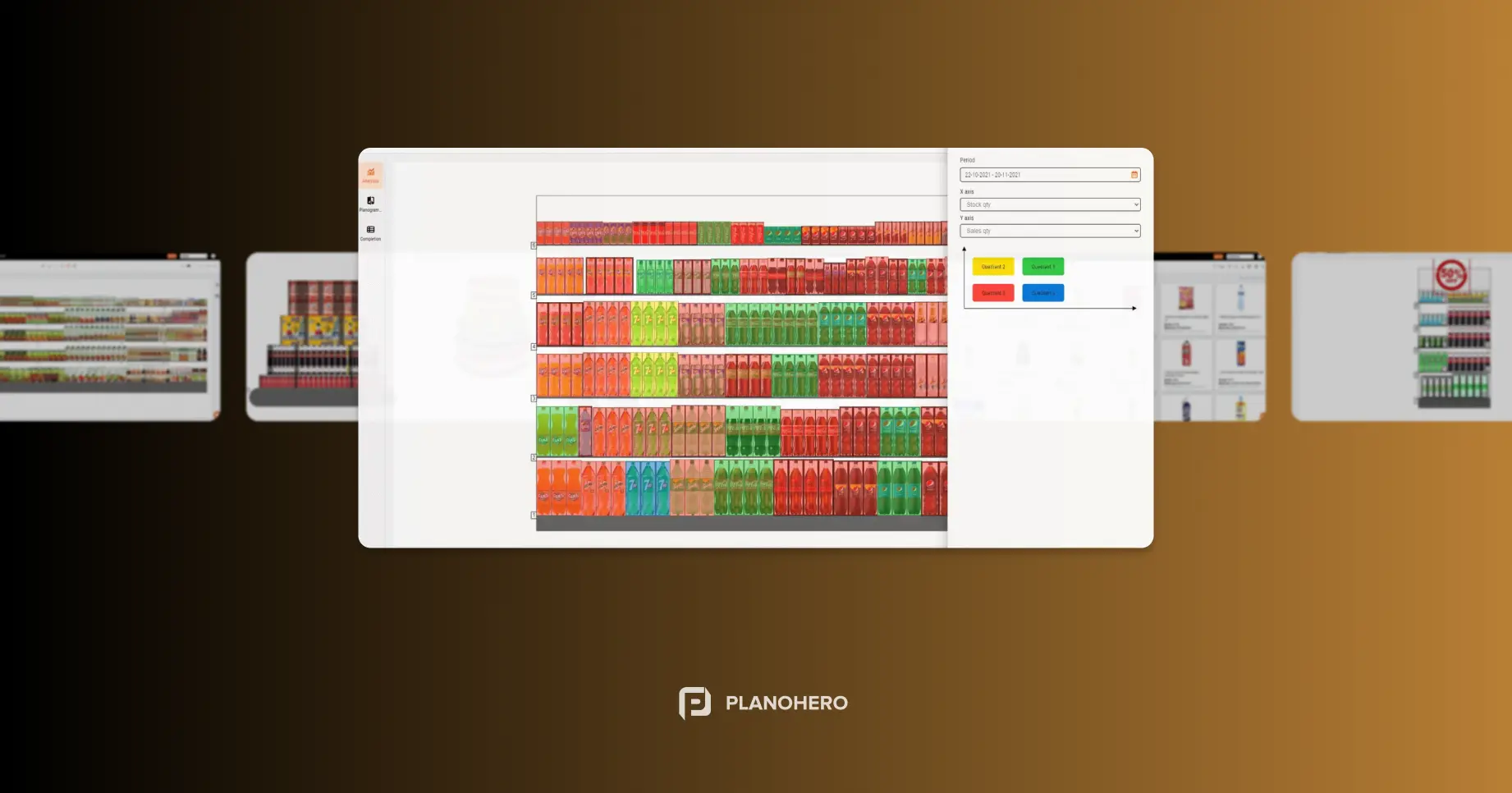Merchandising w sklepie to prezentacja i promocja towarów w celu maksymalizacji sprzedaży i zwiększenia zysków. Za pomocą merchandisingu wizualnego w sklepie możemy korzystnie podkreślić cechy produktu i jego zalety.
Podczas pracy z ekspozycją dowolnego rodzaju towarów w sklepie konieczne jest przestrzeganie podstawowych zasad merchandisingu i zrozumienie potrzeb klientów. Podczas umieszczania towarów brany jest pod uwagę nie tylko rodzaj wyposażenia handlowego, ale także kategorie towarów, cechy produktu, rozmiary, opakowanie, zasady sąsiedztwa towarów. Zwraca się również uwagę na kierunek przepływu klientów.
Wskazówka: Produkt, którego z jakiegoś powodu nie ma w sprzedaży, powinien zostać zastąpiony podobnym produktem w miejsce brakującego. W takim przypadku istnieje szansa, że klient w poszukiwaniu brakującego produktu kupi jego zamiennik i pozostanie stałym klientem sklepu w przyszłości.
Artykuły promocyjne
Ważne jest, aby popularne produkty, na które jest duży popyt, były umieszczone z dala od wejścia do sklepu, z tyłu obszaru sprzedaży. Powinny się tam również znajdować produkty, których wybór zajmuje klientom dużo czasu.
Złoty trójkąt
Złoty trójkąt to zasada rozmieszczania produktów, zgodnie z którą klient porusza się po obszarze sprzedaży po trajektorii trójkąta z trzema wierzchołkami: (1) wejściem, (2) najpopularniejszym produktem (na przykład chlebem lub mlekiem) i (3) kasą. W końcu, aby kupić chleb, klient musi przejść przez całą salę sprzedaży i zobaczyć inne produkty, które mogą go zainteresować. Dlatego dla każdego sprzedawcy ważne jest, aby umieścić najpopularniejsze produkty zgodnie z zasadą złotego trójkąta, tak aby klient spędził w sklepie jak najwięcej czasu.
Jeśli chcesz określić najpopularniejszy towar w swoim sklepie, przeprowadź analizę ABC według kategorii produktów. Następnie umieść najpopularniejsze produkty w różnych rogach (trójkątach) obszaru sprzedaży i nie zapomnij o umieszczeniu powiązanych produktów w pobliżu głównego produktu w celu sprzedaży krzyżowej.
Podczas układania towarów należy przestrzegać zasad sąsiedztwa produktów. Nie można na przykład umieszczać w tej samej witrynie chłodniczej ryb i produktów mięsnych. Oczywiście każdej grupie produktów należy przypisać strefę umieszczenia w obszarze sprzedaży.
Wiemy już, że podstawowe produkty, takie jak chleb, mięso, cukier, mleko, powinny być umieszczane oddzielnie w najbardziej oddalonych punktach sklepu. Te produkty o wysokiej rotacji są umieszczane w pobliżu obszarów magazynowych w celu ciągłego uzupełniania półek. W poszukiwaniu tych produktów klient przechodzi przez cały sklep, zauważa i kupuje powiązane produkty. W ten sposób wzrasta wielkość sprzedaży.
W obszarze kas należy umieścić drobne towary: czekoladę, gumę, orzechy, cukierki itp. lub towary promocyjne, które stymulują klientów do zakupów impulsowych. Na przykład schłodzone napoje są lepiej sprzedawane w strefie kas. Wyobraź sobie, że zimą klient przechodzi przez dość ciepły obszar sprzedaży w odzieży wierzchniej lub latem, gdy na zewnątrz jest gorąco i jest spragniony. Pierwszą rzeczą, na którą zwróci uwagę przy kasie, będą schłodzone napoje.
Szafy mroźnicze, połączone witryny i wanny niskotemperaturowe służą do ekspozycji produktów mrożonych. Produkty mrożone układa się według tych samych zasad, co wyposażenie półek. Ponadto produkty mrożone są najczęściej umieszczane bliżej kas, ponieważ klienci kupują je jako ostatnie, aby uniknąć rozmrażania.
Zapakowane towary w sklepie powinny być umieszczane w pobliżu miejsc, w których są przygotowywane do sprzedaży. Sprzedaż produktów spożywczych, które wymagają krojenia, ważenia i pakowania (mięso, ryby i nabiał, warzywa itp.) może być zorganizowana za pośrednictwem lady obsługowej.
Jeśli mówimy o kategorii towarów „Świeże”, takie produkty charakteryzują się krótkim okresem przydatności do spożycia (nie dłuższym niż 30 dni). Jest to najbardziej ryzykowna kategoria towarów dla sklepu. Ponieważ po upływie daty ważności produkt ten jest odpisywany, a to zawsze dodatkowy koszt dla sprzedawcy.
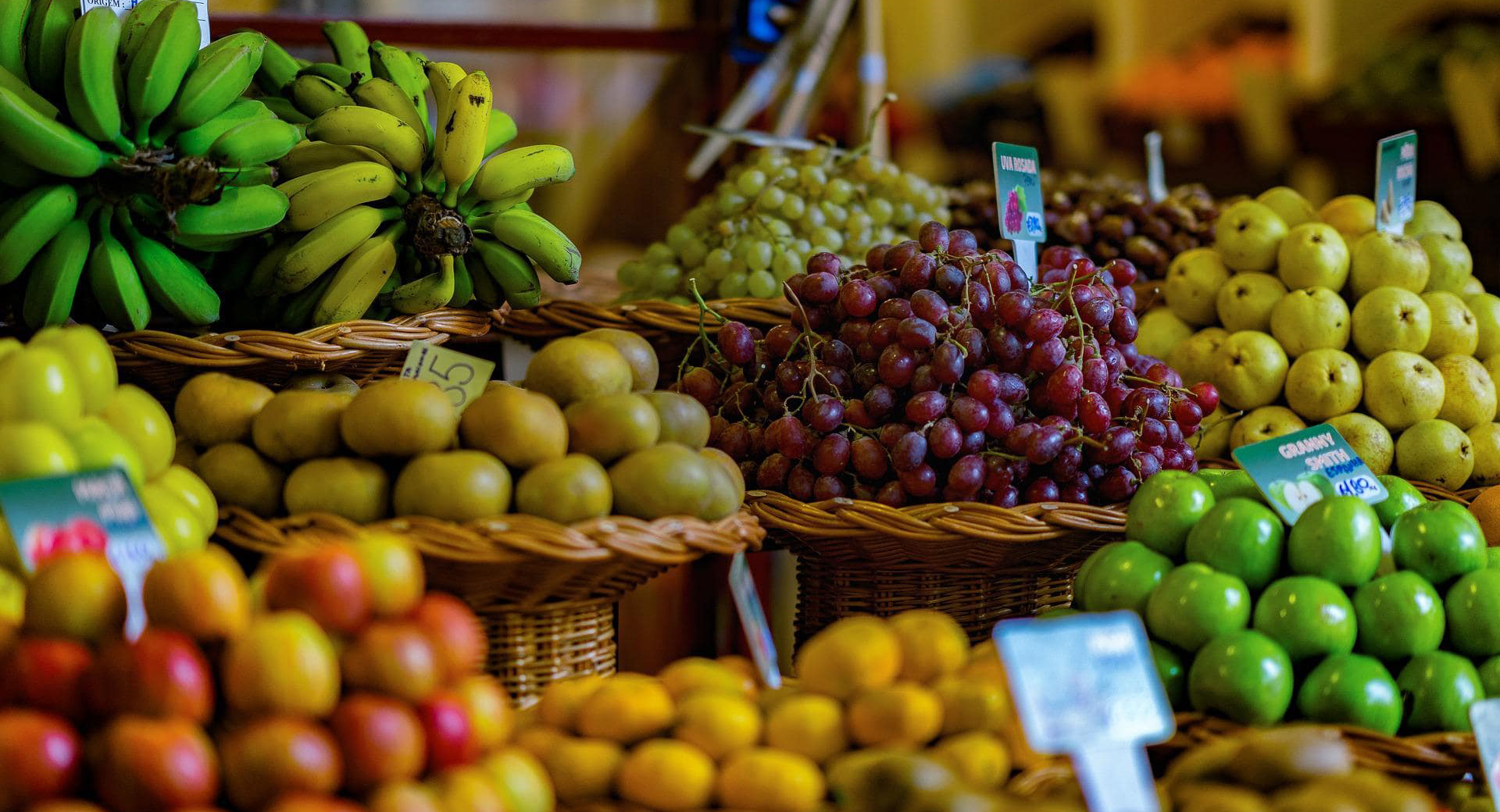
Jednocześnie udowodniono, że obecność świeżych owoców i warzyw w sklepie przyciąga więcej klientów i zwiększa wielkość koszyka. Sklepy te zyskują przewagę konkurencyjną nad sklepami internetowymi, ponieważ kupujący są bardziej przyzwyczajeni do kupowania produktów świeższych kategorii w sklepie fizycznym. Ponadto wielu kupujących ma wątpliwości i nie ufa jakości produktów zamawianych w sklepach internetowych.
Kilka wskazówek dotyczących ekspozycji produktów:
- Sprawdzaj ekspozycje owoców i warzyw kilka razy dziennie. Ekspozycja powinna wyglądać tak świeżo, jak to tylko możliwe. Regularnie sprawdzaj gabloty i utrzymuj je w czystości. Upewnij się, że na półkach nie ma zwiędłych liści, poobijanych owoców lub warzyw.
- Dodaj kolor. Ukształtuj ekspozycję tak, aby grała ciekawymi kolorami. Na przykład, umieść rzędy zielonej, czerwonej i żółtej papryki. Pomiędzy nimi umieść zielone warzywa, aby uzyskać jeszcze większy kontrast. Inne owoce i warzywa również powinny być ułożone w różnokolorowych sekcjach. W ten sposób piękno przyciąga i inspiruje klientów, tworząc wyjątkową atmosferę w sklepie.
- Twórz gotowe kombinacje potraw. Na przykład, umieść składniki danej sałatki obok siebie. Twórz autorskie pomysły kulinarne i opowiadaj o nich na swojej ekspozycji. Dodatkowo możesz umieścić monitor z oryginalnymi przepisami wideo różnych potraw.
- Nie zapomnij o złotych półkach i umieść produkty w polu widzenia, tj. na poziomie oczu klientów. Twoim głównym zadaniem jest zapewnienie klientom wygody nie tylko w znalezieniu produktu, ale także w łatwym pobraniu go i włożeniu do koszyka.
Jak zwiększyć sprzedaż w sklepie spożywczym?
- Zainteresuj swoich klientów w mediach społecznościowych. Informuj ich o aktualnych promocjach, dodawaj kolorowe zdjęcia ciekawych ekspozycji warzyw i owoców.
- Dziel się z klientami swoim doświadczeniem i wiedzą (jak najlepiej przechowywać produkty, co gotować, jakie są użyteczne właściwości prezentowanych produktów). Opowiadaj historie, dziel się przepisami. W tym celu umieść monitory, standy lub dodaj specjalne karty z informacjami bezpośrednio na ekspozycji.
- Ciągłe szkolenie personelu. Kierownicy sklepów muszą wiedzieć, jak i co odpowiadać na pytania klientów, jak pomóc w wyborze produktu i jak zainteresować ich zakupem.
- Aby Twoje półki nie wyglądały jak po inwazji szarańczy, sprawdzaj dostępność i zapełniaj półki, szczególnie po szczytowych okresach zakupowych. Kupujący zawsze zauważają pracę personelu na hali sprzedaży. Konsekwentnie zaopatrzone półki są nie tylko oznaką dobrej wydajności pracowników, ale także świeżości samych produktów i Twojej reputacji.
- Obserwuj, co robi Twoja konkurencja. Jakich pomysłów na ekspozycję używają? Jakie interesujące rzeczy można podchwycić? Nie oznacza to, że musisz kopiować wszystko, co robią. Możesz jednak łatwo zaadoptować element interesującego studium przypadku i dostosować go w swoim sklepie.
- Dbaj o swoją reputację i dbaj o swoich klientów. Kiedy otrzymujesz produkty od dostawców, poproś o dokumenty potwierdzające, że wszystkie standardy jakości zostały spełnione.
Najważniejszą zasadą ekspozycji jest pokazanie właściwego produktu właściwym osobom, we właściwej cenie, we właściwym czasie i we właściwym miejscu.
5 niezbędnych zasad ekspozycji dla skutecznego merchandisingu w sklepie:
- Towary, których termin ważności wkrótce upłynie, są umieszczane bliżej klienta. Wszyscy wiedzą o tym od dawna, ale musimy o tym przypomnieć.
- Widoczność produktu. Każdy produkt jest umieszczany przodem do klienta i musi być w pełni widoczny, nie zasłaniając się wzajemnie.
- Adekwatność cen. Ceny powinny być aktualne i adekwatne do produktu. Etykiety cenowe są wyświetlane w widocznym miejscu. Są łatwe do zrozumienia i odczytania.
- Dostępność produktu. Nabywca nie powinien mieć żadnych przeszkód, gdy będzie pobierał produkt z półki.
- Schludność ekspozycji i produktu tworzy wrażenie o produkcie, producencie i sklepie jako całości.
Szukasz oprogramowania tworzenia planogramów?
Wypróbuj bezpłatną wersję demonstracyjną PlanoHero
